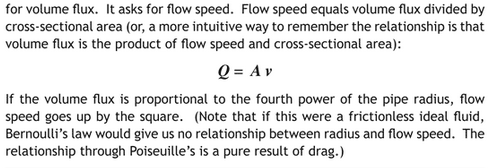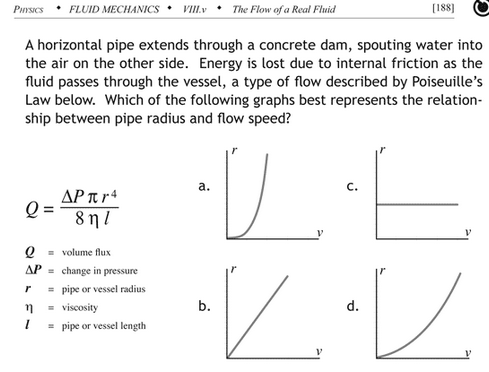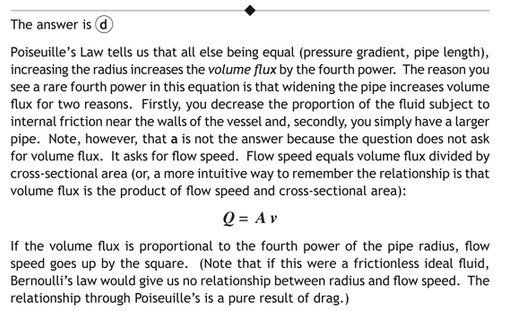- Joined
- Apr 29, 2011
- Messages
- 2,171
- Reaction score
- 863
Is it just me or do the principles outlined in the two flashcards (these are from wikipremed physics) contradict each other?
The first one basically says that flow speed is related to diameter by a factor of 4. The second one says they are related by a factor of 2. So which is it?

==============================================

The first one basically says that flow speed is related to diameter by a factor of 4. The second one says they are related by a factor of 2. So which is it?

==============================================



